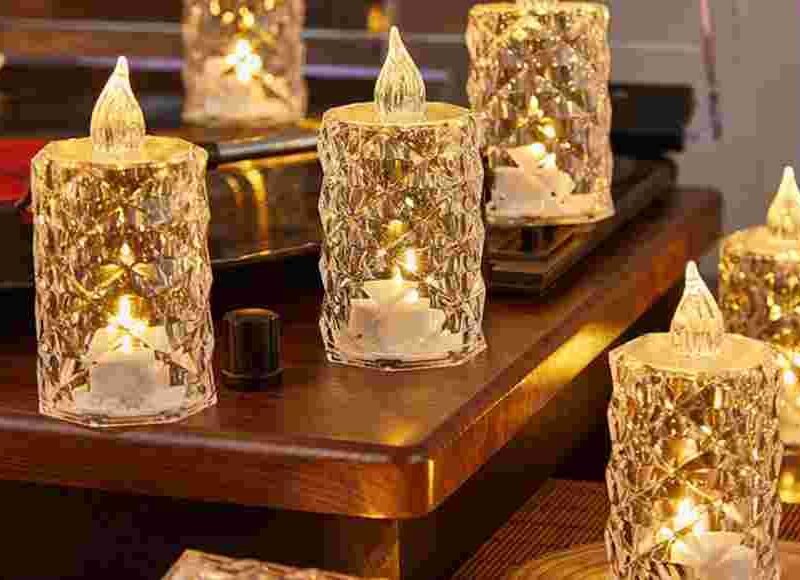Learn about the manufacturing process of cricket bats from raw materials to finished products. Learn about the International Cricket Council’s regulations, types of cricket bats, and famous Indian cricket bat manufacturers. From English Willow to softball, discover the many cricket bat types and the raw materials required. T20 cricket’s introduction and the growth of many cricket leagues, which include great money and reputation, have changed cricket’s trajectory in multiple ways. The fame and money it creates fast has a major impact on young people. These suggest future growth in manufacturing cricket bats and other cricket equipment.
Rising from USD 594.46 million in 2022 to USD 897.02 million by 2029, the global cricket equipment market is projected to show a CAGR of 6.05% during the forecast period. Cricket bats and balls are its basic instruments. This blog will discuss the manufacturing process of a cricket bat from top cricket bat manufacturers in Meerut and the raw materials required to produce one.
What Types of Cricket Bats Are There?
We must first grasp the sorts of cricket bats available before we set out on our journey to see how a cricket bat is built. These include:
English Willows
Worldwide production of professional cricket bats makes use of English Willow, a kind of wood. It is the only wood that provides the strength and compression needed for a cricket ball, therefore this. Ranging from one, the highest grade, which suggests the greatest cricket bat quality, to straight grain on the bat, English Willow bats are divided into five classes (1-5).
Kashmir’s willow
Kashmir Willow bats are more affordable and bulkier cricket bats made from Kashmir Willow wood. Often made from Kashmir Willow wood, they greatly affect the decision-making process for purchasing a cricket bat. Regardless of whether they are Kashmiri or English, high-grade willows reveal more clear grain clarity and quality. Certain high-grade Kashmiri willows have superior grain quality than low-quality English willows.
Cricket Bat Instruction
Training cricket bats, a kind of specialized cricket gear, let you practice and improve your cricket skills. These cricket bats are not constructed from any particular piece of wood. Training cricket bats might be either Kashmir or English willow. Implied by the phrase training cricket bats, they are used for field training in cricket.
Raw Materials for Cricket Bat Manufacturing
Crafting a cricket bat from raw materials is a difficult process. First, let us look at the required fundamental elements. The basic components of a cricket bat are summed up as follows:
Timber from Willow
Cricket bats’ blade is constructed of willow wood harvested from willow trees. The blade of cricket bats is made of willow wood due of its unique characteristics. Although thin, willow wood is very durable. These qualities enable straightforward chiselling and hammering to create cricket bats. A lighter bat enables the batter to go more swiftly in the air. Some hitters, however, like large bats.
Two well-liked willow wood sources are:
- English willow/British willow Lightweight, sturdy, long-lasting, and expensive, British willow is
- Kashmiri Willow timber: Kashmir Though large, willow is affordable and cheap.
- A cane wrapped with rubber or plastic makes up the handle of the cricket blade. This provides more rigidity and less suppleness to protect the player’s wrist and forearm from shock absorption.
- Knowing the fundamental components, let us examine how a cricket bat is built. Cricket bat production is governed worldwide by the same process. Manufacturing is the process of drying air. The Split
- Allowing the clefts to air dry for around a year removes any remaining moisture in the wood. Making a cricket bat depends on this step. It lets the wood be exactly balanced and helps the equilibrium in the manufacturing process.
Created Dimensional Cuts
The next delicate detail is created by chopping the clefts down into around bat shape and size after air drying.
Making a cricket bat is not quite as simple as it first seems. A big rolling machine extracts the perfect shape of the bat from the splits of willow wood. Rolled through the rolling machine, the clefts are crushed into a blade. Here, one gets the basic shape of a curved blade. This gives the bat blade basic structural support and compresses the wood fibers.
Making the Handle
Usually, a cane and rubber are used for this. The blade’s top is slitted V-shaped. A long, cylindrical shape given to a piece of cane forms the handle. This handle is pressed with the V-shaped notch. A glue is used in this case to connect the two parts.
Tying
The junction is secured with linen thread when the handle is attached to the blade. Mounted on a machine, the bat spins fast with the thread pasted over it, keeping it in place. This machine is controlled by a foot treadle. This thread runs all across the junction of the blade and handle up to the end. Once down, it is allowed to dry again.
Sanding down
The bat is nicely polished with compound wax after entire air drying. The compound wax gives the wood a brilliant appearance and a great polish. Traditionally, before any game and throughout the seasons, crude linseed oil is used to lubricate a cricket bat. This prevents the wood from absorbing external moisture, hence potentially warping the bat. Maintaining the wood effectively is helped by using oil before the game and often throughout the season. It becomes less susceptible to variations in ambient moisture that might cause twisting or breaking.
Labeling
Branding now comes into play. Often, you find logos pressed on cricketers’ bats finished at the labeling zone. The blade is covered with stickers from many businesses.
The handle of the blade is now covered with a rubber band. This will help the player to absorb shocks and provide them a firmer grip, hence preventing any shock-related wrist injuries.
Final Thoughts
Here, a machine puts a transparent covering across the cricket bat from top Meerut manufacturers. Your cricket bat from the top Meerut bat factory is ready to knock on. Having discovered how a cricket bat is built, let us talk about tools for constructing cricket bats.



